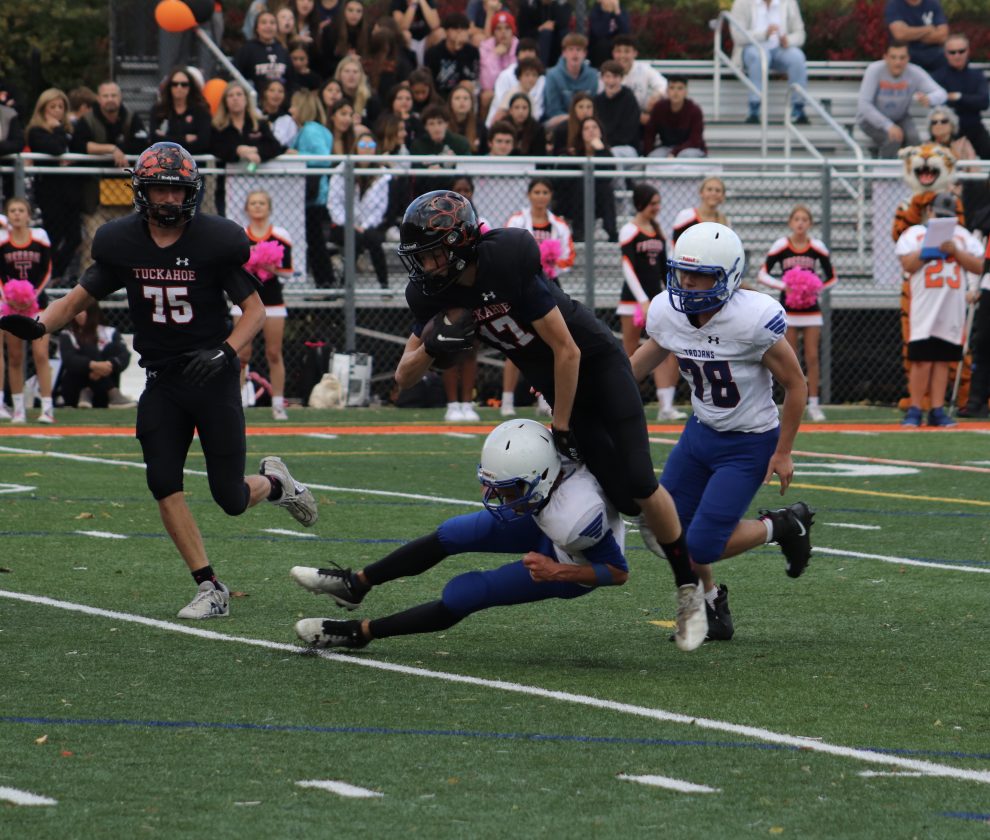It is a common misconception that there are no long-term repercussions of injuries after they have healed. However, it has been proven that some types of brain damage don’t disappear even after the patient feels back to normal. This idea is crucial to all those who play contact sports. Sports are the leading cause of death from brain injury, and are responsible for nearly 21% of all traumatic brain injuries in general. So why do parents continuously let their children play contact sports if these sports are charged with statistics illustrating their capability to cause serious damage? Well the answer is quite simple: parents, and even children, are unaware of how injuries impact individuals even after they are treated
Most brain damage sticks with a person even after treatment. The culprit behind this occurrence is chronic traumatic encephalopathy, more commonly referred to as CTE. According to university professors, CTE is caused by repeated head injuries, which lead to a progressive loss in memory and other brain skills. This has been a recurring issue that is mostly due to a lack of proper skull protection. The primary sports associated with CTE are football, hockey, boxing, and basketball. When the brain forcefully hits the skull, CTE can transpire. This is because specific proteins in the brain, called tau proteins, are more likely to malfunction after head trauma, leading to damaging alterations in behavior, thinking, and mood. While the recovery process helps to minimize CTE, it can still have long-term if not permanent effects. While CTE isn’t extremely common, traumatic brain injury (TBI) occurs much more frequently. TBI is caused when the brain is injured once, while CTE occurs after repetitive brain injuries. The level of impact intensity on the brain also helps determine how quickly the brain begins to deteriorate. For example, CTE can develop from one large hit or many small ones, but not everyone is affected the same way. Genetics, diet, even alcohol and drug consumption plays a role in how CTE emerges.
While CTE has become a growing problem for athletes in contact sports, it is very difficult to diagnose. Diagnosis is mostly based on prediction, for example if the person has been playing sports for 10-15 years and suddenly begins to act differently or exhibit abnormal emotions. Due to the diagnosis difficulty, scientists normally identify CTE after death when they can fully examine tau clusters. Researchers, however, are working to find innovative and efficient methods to diagnose CTE.
Lucas Montesano, a 16 year-old student attending Blind Brook High School has his own experience with the dangers of contact sports. Lucas plays for the Blind Brook football team and was recently diagnosed with a concussion after suffering a devastating blow from his opponents. While this injury wasn’t enough to end Lucas’ football career, it definitely helped shed light on the growing issue of brain injury and the threat of CTE. After recovering Lucas stated, “While my concussion was very unexpected, I just don’t see myself giving up the sport I love even if it means risking my health every time I step onto that field. However, this event shocked me, and while I refuse to give up football, I’ll definitely keep the danger in the back of my mind and be a little more cautious next time.” While Lucas won’t develop CTE as a result of this injury, any more brain damage could be detrimental to his health.
Based on scientific data and Lucas’ response, it is evident that brain injury is a huge issue that looms over all those who participate in contact sports. While not many are aware of this matter, it is important that parents and administrators learn more about this growing concern in order to establish a safe environment for athletes.







